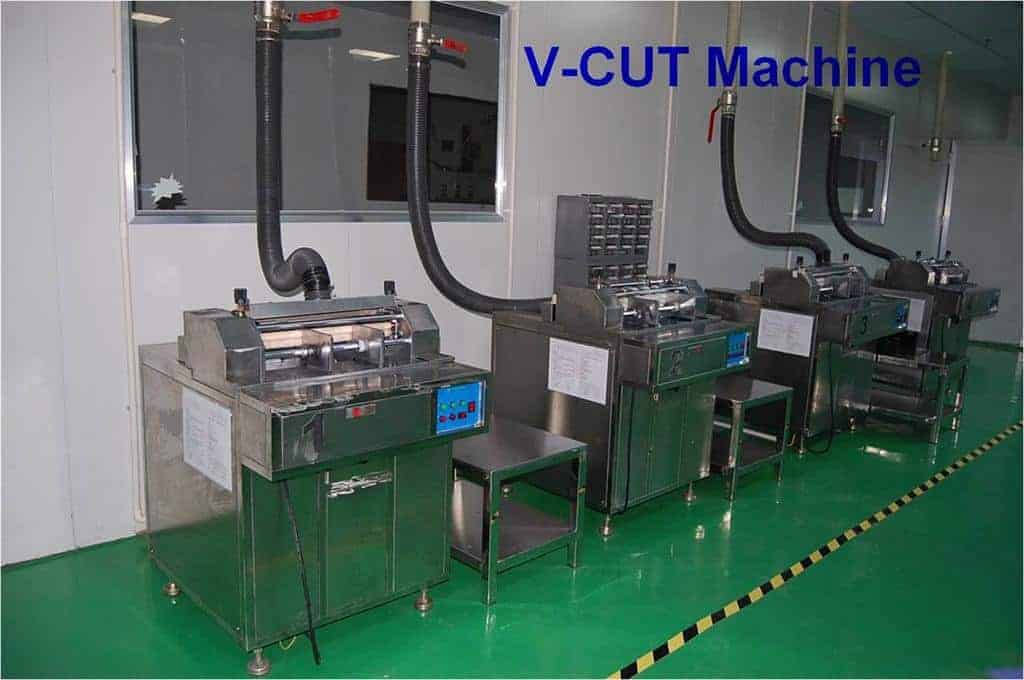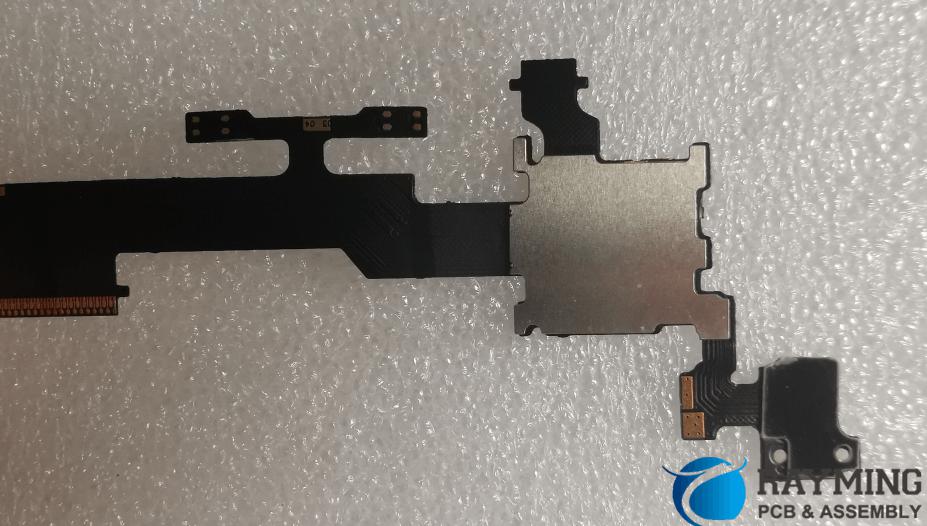Introduction
Printed circuit boards (PCBs) are at the heart of most electronic devices. While large scale PCB production achieves low per unit costs, small businesses and startups often need only small quantities. Identifying a manufacturer specialized in small run fabrication enables fast and affordable circuit board production.
What Defines a Small PCB Production Run?
A small production run typically involves quantities of 10 to 100 printed circuit boards or fewer. Key characteristics include:
- Limited order quantities – 10, 25, 50 boards
- Shorter lead times – Often 5-10 working days
- Lower startup and tooling costs
- Flexible and customizable services
Small runs allow verification of designs before large scale production. They also suit low volume products that may never need thousands of boards.
Benefits of Using a Small Run PCB Manufacturer

Choosing a manufacturer focused on small batch production offers important advantages:
Faster Lead Times
With optimized processes for low volumes, deliveries of 5-10 days are common. This facilitates rapid design iterations.
Lower Startup Costs
Fixed costs of equipment and tooling are shared across more customers. This reduces initial outlays for small batches.
Design Flexibility
Since production lines are not dedicated, more options in materials, layer counts, and components are possible.
Attentive Customer Service
With low volume production, manufacturers provide personalized service and engineering guidance.
Cost Effective Prototyping
Unit costs are higher than big production runs, but total costs for small quantities can be quite affordable.
For startups and smaller companies, these benefits make small run fabrication very accessible.
Capabilities to Look for in a Small Run PCB Manufacturer
To consistently deliver quality boards in small quantities, a capable manufacturer should offer:
- Engineering Experience – To evaluate designs and suggest improvements when needed.
- Rapid Prototyping – For turning design files into initial physical boards quickly.
- Efficient Manufacturing – Optimized for fast and reliable low volume production.
- Testing/Inspection – To verify function and catch flaws before shipment.
- Manual Assembly – For hand soldering of prototypes and small batches.
- Automated Assembly – With pick-and-place and soldering for higher volumes when required.
- Logistics Assistance – To handle ordering, shipping, and customs clearing.
This wide range of services will support customers through the full cycle from concept to delivered product.
Key Capabilities in a Small Run PCB Manufacturer
| Capability | Description |
|---|---|
| Engineering Experience | Assess designs and recommend improvements |
| Rapid Prototyping | Quickly transform design files into initial boards |
| Efficient Manufacturing | Optimized processes for low volume production |
| Testing/Inspection | Verify function and catch flaws before shipment |
| Manual Assembly | Hand soldering of prototypes and small batches |
| Automated Assembly | Pick-and-place and soldering for higher volumes |
| Logistics Assistance | Help with ordering, shipping, customs |
How to Choose a Great Small Run Manufacturer
Important criteria when selecting a low volume PCB producer include:
- Cost – Get quotes from several vendors to compare pricing.
- Lead Times – How fast can they deliver small batches?
- Quality – Do they follow rigorous quality control procedures?
- Capabilities – Do they offer all the services you will need?
- Materials – Do they work with your required substrate and component materials?
- Customer Support – How responsive are they to questions and requests?
- Location – Where are they located relative to your own operations?
Evaluating manufacturers carefully on these key factors will help identify the ideal partner for your needs.
Major Criteria for Evaluating Small Run PCB Manufacturers
| Consideration | Importance |
|---|---|
| Cost | Get quotes from multiple sources for comparison |
| Lead Times | How quickly can they deliver small batches? |
| Quality | Do they follow strict quality control processes? |
| Capabilities | Do they offer all required services? |
| Materials | Work with your required board and component materials? |
| Customer Support | Responsive to questions and requests? |
| Location | Where are they located relative to your operations? |
Typical Small Run PCB Manufacturing Process

While production volumes are lower, fabricating quality boards still involves several steps:
1. Design Finalization
The PCB layout is designed based on requirements using CAD software. Gerber files are generated.
2. Order Placement
The customer submits Gerber files along with order details like quantity, size, layers, and delivery.
3. Engineering Review
The manufacturer examines the design for manufacturability and makes suggestions if needed.
4. Prototype Build
For new designs, one or more prototype PCBs are produced to test the design prior to full production.
5. Board Fabrication
Using the Gerber files, the ordered PCB quantities are fabricated using processes like imaging, etching, drilling, and plating.
6. Testing
Built boards undergo electrical and functional testing to verify connectivity and catch defects.
7. Delivery
Tested boards are shipped via the customer’s chosen freight method. Air shipping is common for accelerated delivery.
Effective execution of each step leads to high quality and yields even for small runs.
FQA (Frequently Asked Questions)
What are the main advantages of using a small run PCB manufacturer?
The advantages include much faster delivery times, lower startup costs, increased design flexibility, and highly customized service compared to large volume fabrication. Small manufacturers can provide limited quantities of boards very quickly and cost-effectively.
What order quantities define a “small run”?
A small run is typically considered 10 to 100 printed circuit boards. However, some manufacturers can handle even smaller quantities of just a few boards for prototyping needs.
How does quality compare to large volume manufacturing?
A competent low volume manufacturer will utilize the same standards and processes as a high volume fabricator. The only difference is smaller batch sizes. Careful quality control results in excellent quality and yields.
What is the typical timeframe for delivery of a small batch?
For orders under 50 boards, delivery can often be achieved in 5-10 working days. Larger orders of up to 100 boards may take 10-15 days depending on materials used and complexity.
What cost premium can be expected over large volume production?
As an estimate, costs per board may be 5-10 times higher for order quantities under 25. The multiplier decreases as order size increases. However, small batches avoid large fixed setup fees, so total cost can still be reasonable.
Summary
Partnering with a PCB manufacturer specializing in low volume production enables rapid prototyping and affordable short runs. Their expertise in small batch fabrication provides faster lead times, lower startup costs, design flexibility, and dedicated customer service. Carefully evaluating capabilities, quality, costs, and services will lead to finding the ideal partner to bring your product from concept to reality.



0 Comments